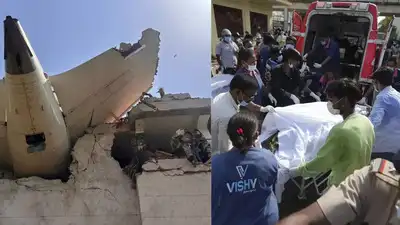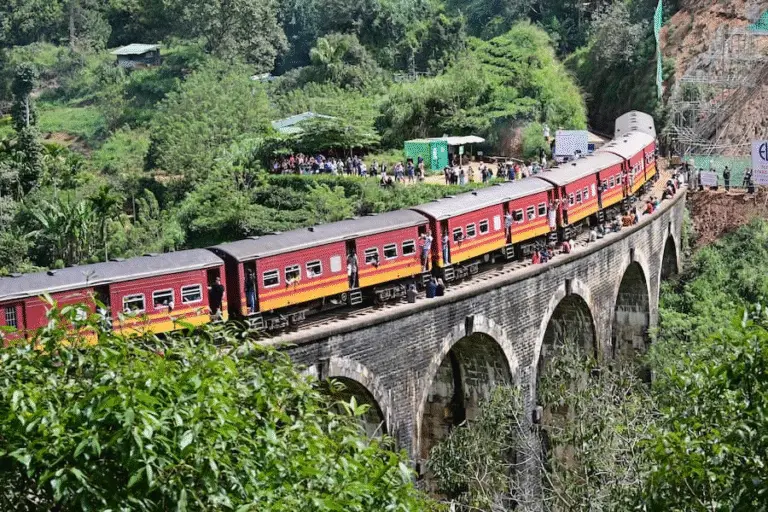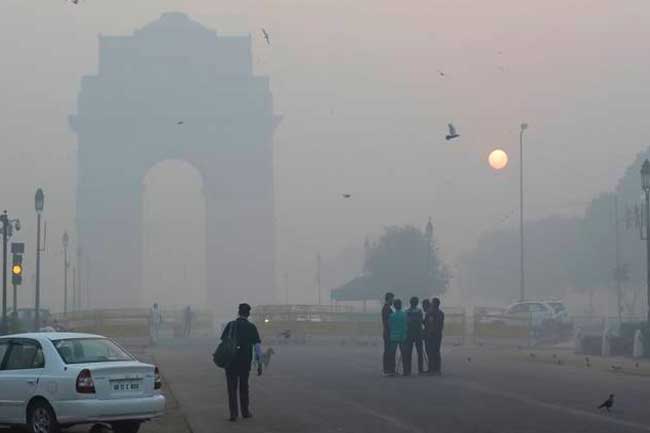On June 12, 2025, Air India Flight AI171, a Boeing 787-8 Dreamliner with 242 souls aboard, departed Ahmedabad for London Gatwick. Within thirty seconds of takeoff, witnesses reported hearing “a thunderous bang” as the aircraft suddenly lost altitude and crashed into a medical college dormitory adjacent to the airport. The tragedy claimed over 240 lives both in the air and on the ground, marking it as the most catastrophic aviation disaster in ten years. Against all odds, a single passenger survived: Vishwash Kumar Ramesh, a 40-year-old British citizen of Indian heritage, who had been seated in 11A.
“When I got up, there were bodies all around me… I stood up and ran.”
—Vishwash Kumar Ramesh, from his hospital bed reuters.com
Seat Location and Layout
Seat 11A occupied a window position on the port side of the Dreamliner’s economy section. This particular row aligned directly with the L2 emergency door, positioning it within the aircraft’s forward section. The seat configuration provided enhanced legroom due to its proximity to the exit row, with no seat positioned directly ahead.
Critical Survival Factors
Emergency Exit Proximity
The seat’s location placed Ramesh within immediate reach of the L2 door, one of the primary forward exits on the Boeing 787-8. Research from the University of Greenwich demonstrates that passengers seated within five rows of an exit possess substantially higher evacuation success rates. The reduced travel distance to safety proved crucial in this catastrophic scenario.
Structural Advantages
Emergency exit areas feature reinforced construction elements that provided several protective benefits:
The enhanced legroom allowed for optimal brace positioning during impact, potentially reducing injury severity. Without a forward seat obstruction, the risk of secondary collision injuries was minimized. The reinforced fuselage sections surrounding emergency doors, designed to support evacuation slide deployment, likely absorbed significant crash forces and provided additional structural integrity during the aircraft’s breakup.
Cabin Positioning Benefits
Seat 11A’s forward location offered strategic advantages beyond mere exit proximity. Positioned away from the wing-mounted engines, Ramesh faced reduced exposure to fuel-related fire hazards. The seat’s location near crew stations potentially enabled faster assistance during the evacuation process. Additionally, this area sits along a structural ring frame where fuselage integrity typically remains stronger during crash scenarios.
Passenger Density Considerations
The transition zone between business and economy classes typically maintains lower passenger density compared to mid-cabin areas. This reduced crowding likely contributed to less evacuation obstruction and decreased chaos during the emergency egress.
Aviation Safety Research Findings
Historical Data Analysis
A comprehensive TIME magazine analysis of 17 U.S. aviation accidents between 1985 and 2000 revealed that rear-middle seats demonstrated a 28% fatality rate compared to 44% for mid-cabin aisle positions. However, the “five-row rule” established through simulation studies shows that proximity to any exit remains the most critical factor for successful evacuation.
Structural Considerations
Seats positioned behind wing structures benefit from additional structural support but face trade-offs due to their location above fuel storage areas. The risk assessment depends heavily on impact dynamics and fire development patterns.

Emergency Exit Seat Responsibilities
Passengers occupying emergency exit rows accept specific duties during evacuations, including door operation and passenger assistance. Regulations restrict these seats from children under 12, individuals with mobility limitations, and passengers traveling with infants. These seats typically offer additional legroom but may experience cooler cabin temperatures and require earlier boarding procedures.
Practical Safety Recommendations
Seat Selection Strategy
When possible, choose seating within five rows of any emergency exit, with rear-middle positions showing the strongest historical survival statistics.
Safety Preparation
Maintain proper seatbelt positioning throughout the flight, keeping it low and secure. Count the rows to nearest exits to enable navigation in zero-visibility conditions. Keep footwear on during takeoff and landing phases.
Emergency Response
Adopt the brace position immediately upon crew instruction or at the first indication of emergency. Abandon all personal belongings during evacuation, as luggage retrieval significantly delays escape and reduces survival chances.
Aviation Safety Context
Despite this tragic incident, commercial aviation maintains exceptional safety records. The 2023 worldwide statistics show 16 fatal accidents among 37 million flights, representing approximately one crash per 2.3 million departures. Individual lifetime odds of aviation fatality remain around 1 in 8 million passenger flights, significantly lower than routine activities like automobile travel.
Conclusion
Seat 11A provided Ramesh with optimal survival conditions through its combination of exit proximity, structural reinforcement, and reduced passenger density. However, his survival resulted from multiple factors including seat positioning, proper safety belt use, quick decision-making, and considerable fortune. While strategic seat selection and safety awareness can improve survival odds, they complement rather than replace the comprehensive safety systems that make commercial aviation among the world’s safest transportation methods.

















